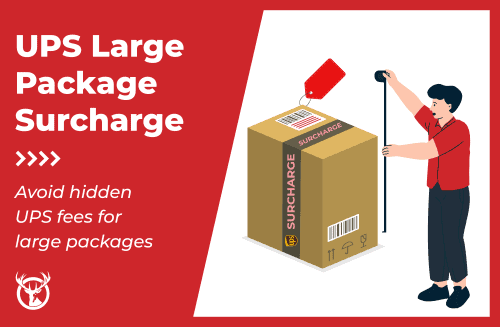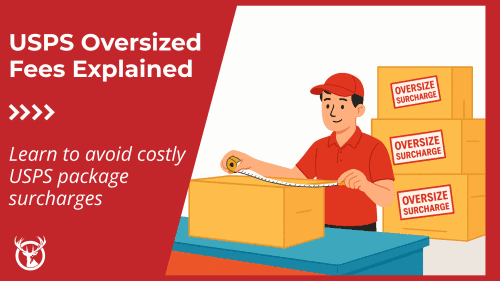Inventory forecasting gives you the information you need to manage your supply chain and have the stock your customers want when they want it. Creating accurate forecasts and updating them regularly becomes an essential aspect of operational management as your business grows. Inventory forecasting can improve your cash flow and profits, reduce waste, and increase customer satisfaction. Here’s what you need to get started.
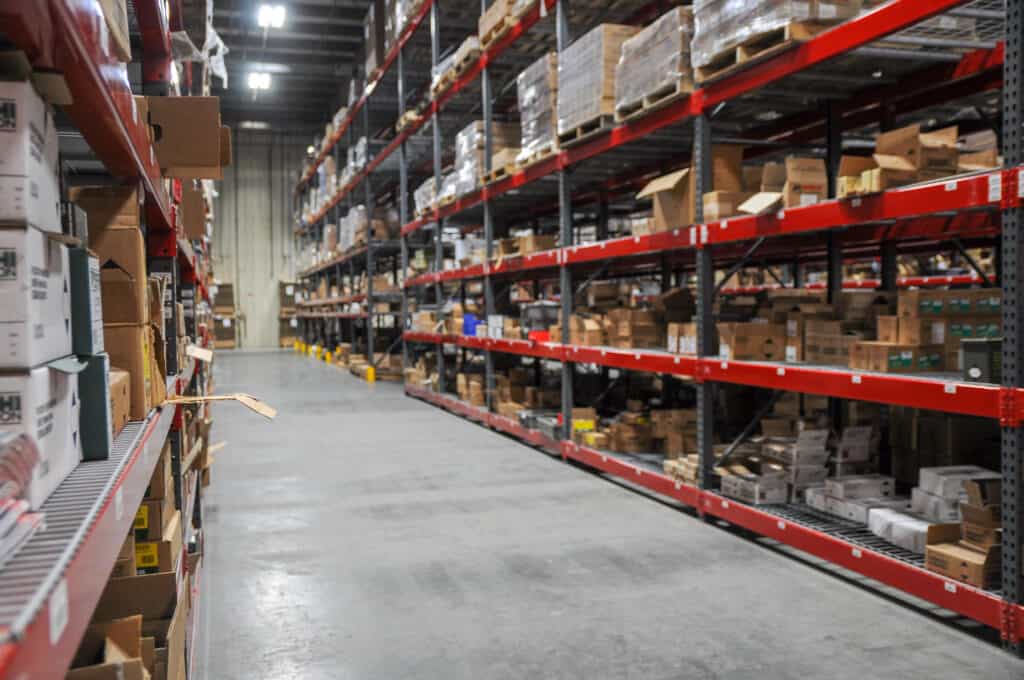
What is inventory forecasting?
Inventory forecasting calculates how much stock you will need to meet future demand. It is a crucial element of good inventory management.
Inventory control is essential to ensure your business can keep up with your sales. If you have a brick-and-mortar retail business, inventory forecasting can make the difference between having stock on the shelves or being sold out of popular items. For eCommerce companies, forecasts ensure that your eCommerce fulfillment warehouse has inventory on hand to fill orders without extra merchandise piling up.
Accurate inventory forecasting ensures that you always have enough stock on hand, plus safety stock to handle unexpected rises in demand or supply chain glitches. At the same time, inventory forecasting helps you avoid over-buying, tying up too much capital in stock, and potentially getting stuck with outdated or unsalable products.
Days sales in inventory is a great metric to be tracking and keeping an eye on, if it isn’t on your radar already.
Your 3PL can help with inventory forecasting
The providers you partner with to run your business are essential to your success. Your 3PL partner can help you with inventory planning and forecasting. The fulfillment partner you choose can make a big difference to the success of your inventory management by:
- Providing real-time inventory data
- Completing cycle counts and full inventory counts to keep your data updated
- Offering high inventory accuracy levels, so you know what’s in your inventory management software is actually on the shelf
- Reducing shrinkage
Inventory forecasting helps you run your business more efficiently
If you want to just order a lot of stock at the beginning of the year and cross your fingers that it will all sell — but not too fast — that’s understandable. Inventory forecasting involves complex calculations using data from within your business and from the economy at large. Fortunately, inventory management software can help you with the math. Here are a few ways that inventory forecasting can help you manage your business better.
Reduce backorders
When you don’t forecast the demand for your products, you can end up with stockouts at a crucial moment, and that can lead to backorders. Or, worse, you could lose orders to competitors with similar products. Inventory forecasting helps you reduce your chances of running out of popular products.
Save on rush charges and expedited shipping
An unexpected burst of sales is an excellent problem to have. However, when you run out of stock or run low unexpectedly, catching up with rush wholesale orders can eat into your profits. You might incur rush charges to get a faster turnaround from your suppliers. And, to meet customer expectations, you might have to pay for expedited shipping.
Understand your optimal stock levels and reorder points
Inventory forecasting helps you understand the flow of goods through your business. With good data, you can create forecasts that help you set optimal inventory levels. You can set your safety stock level and know when to reorder. Inventory planning takes a lot of the stress out of running an eCommerce business.
Improve your business finances
One of the most critical uses of inventory forecasting is to optimize your cash flow. By predicting future demand, you don’t tie up more capital than you need to in stock. At the same time, your data analysis allows you to forecast inventory flow and plan ahead to have enough merchandise on hand to meet consumer demand.

What to consider when creating inventory forecasts
One of the challenges of inventory forecasting is that it’s impossible to predict the future with 100% accuracy. However, when you combine sales history with future promotional plans and factor in economic trends, you have the basis for data-driven inventory management. Here are some things to consider as you create inventory forecasts.
Economic order quantity
Economic order quantity is a technique that allows you to predict demand based on past sales trends. It’s a great method for simple inventory planning when your sales are fairly stable from season to season and year over year, but this method isn’t suitable for companies on a strong growth trajectory.
Seasonality
Many businesses experience seasonal changes in demand. For example, a surfing business might sell thousands of boogie boards every month in the summer and very few in the colder months. That business needs more stock on hand to cover demand spikes in the summer and can carry less inventory to reduce carrying costs in the winter. Evaluate seasonal demand spikes based on your historical sales data and include seasonality in your inventory forecasting.
Other causes of demand fluctuations
Let’s imagine you sell 100 units of a particular SKU monthly via your retail sales channels. Once a quarter, a wholesale customer orders 1,000 units. Your average monthly demand is about 434 units. However, 434 units on hand won’t fill the wholesale order. Inventory forecasting helps you understand your sales trends and patterns with the granular detail you need to meet real-time demand. In this hypothetical case, a nuanced demand forecast would show both the stock needed to meet average retail demand and the units required to fill the quarterly wholesale orders.

Lead time demand
Lead time is the time between when you place a wholesale order and when the products arrive at your warehouse or retail outlet, ready to sell to consumers. The amount of inventory you expect to sell between today and your next delivery is lead time demand. This metric, also called lead demand, helps you understand the reorder point (see below for more on this) of each SKU.
Of course, your lead time may vary depending on numerous factors. Shortages of raw materials, issues at a factory, design delays with new products, and delays in transportation can all disrupt your supply chain. As many businesses discovered during the pandemic, it’s sometimes necessary to allow for longer lead times to maintain optimal stock levels.
To account for the unexpected, consider both your average lead time and maximum lead time in your inventory forecasting. In addition, keep enough safety stock on hand to see you through periods when your lead time is longer than average.

Reorder point
You reach your reorder point when the number of units on hand is the amount you expect to sell during your lead time demand. If your reorder point is zero, it’s time to improve your inventory management. The reorder point for a fast-selling product will be higher than for one that sells more slowly. The inventory level that’s your reorder point will be determined by the lead time demand plus your safety stock.
The basic reorder point calculation is:
Average daily sales x average lead time (in days) + safety stock = reorder point.
So, for a SKU with average sales of 10 units a day and a lead time of 10 days, plus safety stock of 125, the reorder point would be:
10 x 10 + 125 = 225 units
Safety stock
Safety stock is your inventory forecasting cushion, protecting you against unexpected demand or supply chain delays. Because supply chains have been so disrupted recently, many businesses have increased their safety stock, going from just-in-time inventory management to just-in-case. However, holding too much inventory can be a liability for your business and tie up your resources, so it’s critical to find the safety stock sweet spot.
The amount of safety stock you hold will vary by SKU, and you might not keep any for some SKUs. There are various ways to determine safety stock levels, but a simple way is to multiply average daily sales by average lead time. So, for example, if you sell 10 units per day on average and your lead demand time is 10 days, you’d want 100 units of safety stock. That would give you enough stock on hand to meet consumer demand while you’re waiting for a new order to come in, even if your sales double during that time.
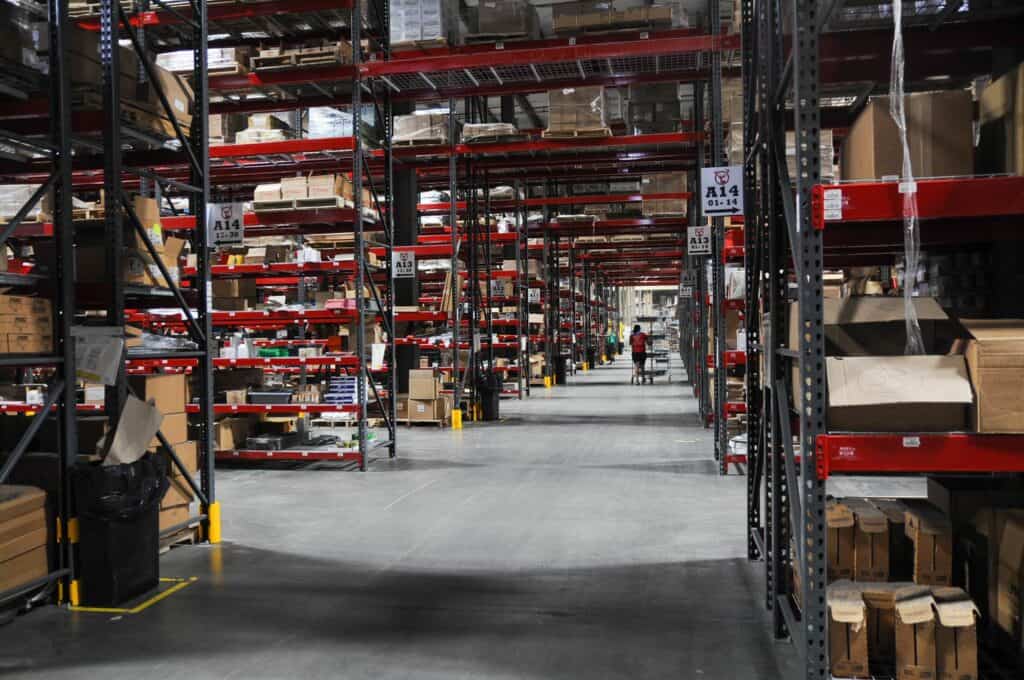
Types of inventory forecasting
Inventory forecasting methods range from simple to sophisticated. Both qualitative and quantitative forecasting models may be useful to your business. The type or types of inventory forecasts you choose will be dictated by your inventory management style and the structure of your business. Here are two broad categories of inventory forecasting that many consumer products businesses use.
Naïve
Naïve forecasting is similar to the economic order quantity calculation because you base predictions for future demand on past consumer demand during the same period. If you’re intimidated by inventory forecasts, naïve forecasting is a good place to start.
The naive technique doesn’t account for external factors affecting your sales or your company’s growth trajectory. However, it can give you a good baseline using historical data to calculate your average lead time and begin to set reorder points for each SKU.
Demand forecasting
There are many ways to do demand forecasting to predict future sales and provide a basis for inventory planning. Demand forecasting can be based on market research, input from the sales team, economic trend data, sales data, expert analysis, or all of the above.
You might also want to look at different periods for your inventory forecasting. For example, it could be useful to track sales per day to determine your average daily volume and which days of the week customers are most likely to place an order. Long-term demand forecasting looks at consumer demand trends over a longer period to help you prepare stock levels for future sales.
Many companies use more than one method for demand forecasting. Comparing the results of different techniques and experimenting with more than one forecast period can help guide your inventory forecasting.
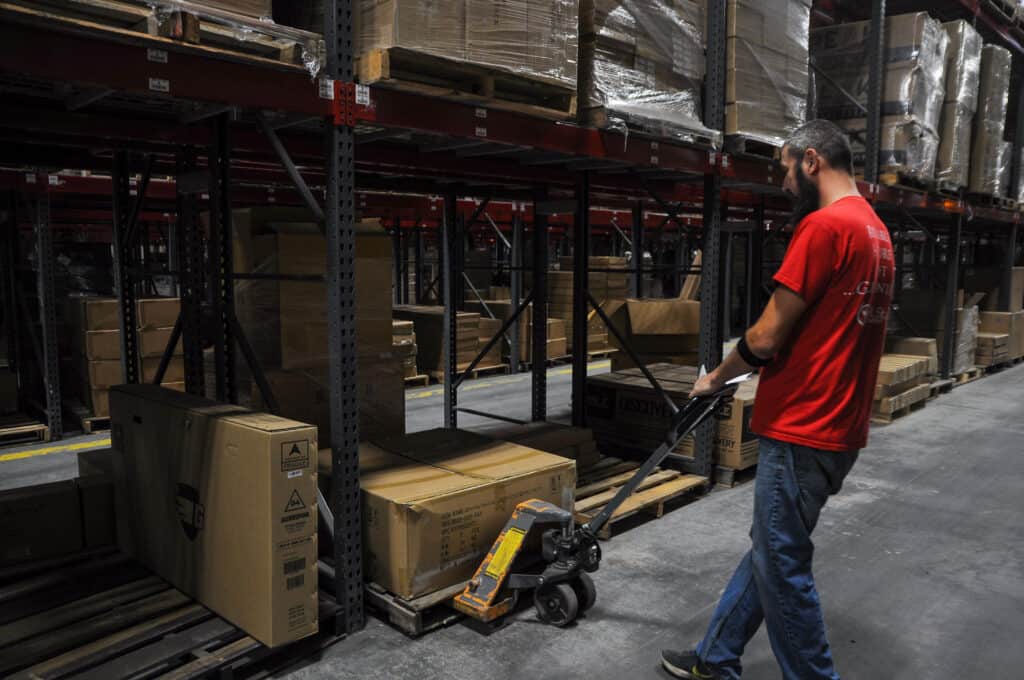
Inventory forecasting challenges
If your inventory forecasting doesn’t match your demand, that doesn’t necessarily mean you did it wrong. Each mistake is another data point to include in your next forecast. Here are some of the reasons that inventory forecasting can fall short.
The past doesn’t always predict the future. Even if you expect the unexpected, the future is hard to predict. Regulatory changes could wipe out the market for a product. Or a viral video that features one of your items could send demand through the roof. Your safety stock can buffer spikes in demand. A drop-off in sales is more of a challenge. However, with good inventory planning, you won’t be carrying much excess stock. Maintaining ideal inventory levels will reduce your losses, regardless of your sales trends.
Lead time has an element of uncertainty. Even if your inventory management is a well-oiled machine, outlier events are bound to happen occasionally. Don’t rely solely on your average lead time; build in enough lead time to allow for unforeseen delays.
Supply chain factors are sometimes beyond your control. An earthquake could cut power to your factory. Severe weather could delay transport. A global pandemic could close off economic activity in some sectors while boosting it in others. The best inventory management can’t completely protect you from these and other unpredictable factors.

Inventory forecasting tools
Your inventory forecasts can be basic and straightforward, or you can gather internal sales data, along with external data, and create a more nuanced model. Here are some of the tools that will help you predict future demand.
Spreadsheet
Entering your past sales data into a spreadsheet is a great way to do your first inventory forecast. Make sure you include enough detail to see patterns by season and year over year and break down your data by SKU. Use the patterns that emerge to create an inventory management strategy for each product.
Plug your sales data into an equation in the spreadsheet to calculate your reorder points for different products. Note that the reorder point for some SKUs might vary based on the time of year as demand fluctuates.
If you are comfortable with the math, a spreadsheet can handle even sophisticated inventory forecasting calculations. However, if you’d like a helping hand, inventory management software automates forecasting, making it easier to analyze historical data and define your reorder points and desired safety stock levels for different products.
Inventory forecasting software
Many inventory management software packages include analytics and forecasting functions. Investing in software that includes the functions you need to automate and update inventory forecasts will help your business grow.
There are many forecasting software options on the market. Oracle Demantra is a demand management app, and SAP Integrated Business Planning is a cloud-based ERP that includes forecasting and demand functions. EasyStock provides inventory optimization, and FutureMargin helps with demand planning; both are popular choices for eCommerce companies.

Get help from the pros
At the end of the day, there’s no substitute for experience in inventory management. It’s important to crunch the numbers, understand your sales trends, and make evidence-based inventory planning decisions, but the experienced staff at your 3PL is a valuable resource.
Your order fulfillment warehouse wants to help you maximize turnover and minimize shelf space. That helps you reduce storage costs and increase your profit margin. At Red Stag Fulfillment, helping you improve your inventory management is all in a day’s work. We’d love to find out how we can work together to help you run your eCommerce operations more efficiently, so you’re poised for expansion.
More about inventory management:










